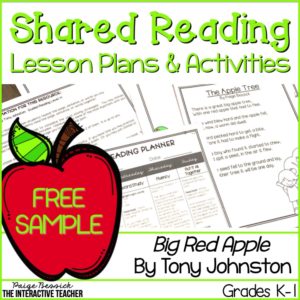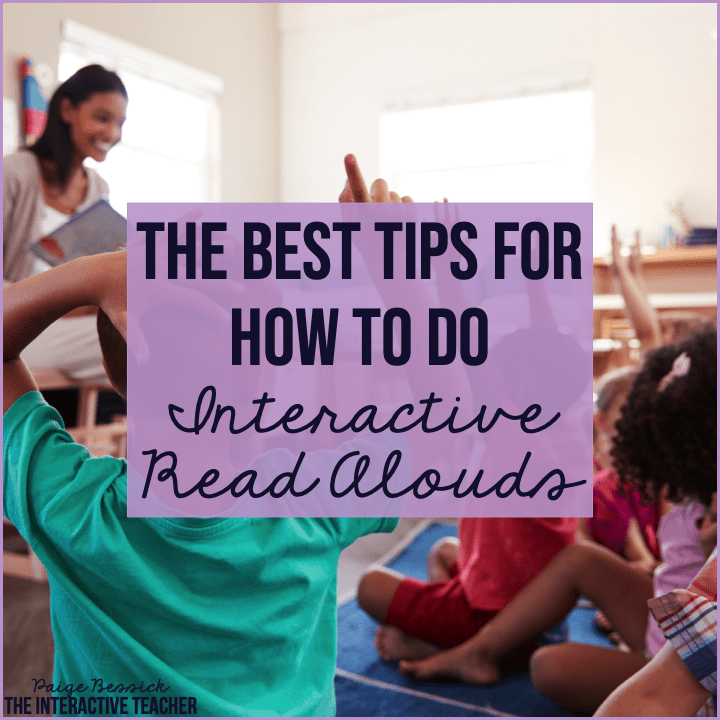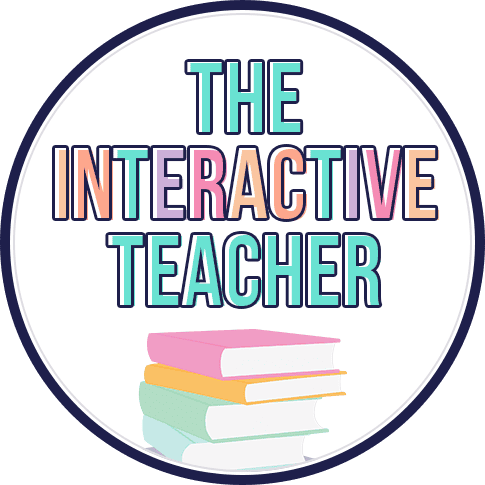Picture this: you’ve got a book under the document camera just above the reading level of most of your students. They are choral reading the book with you and you’re stopped by a word covered with a sticky note. The students are eager to figure out that word to see if they are right. You work with the students to use vital strategies for figuring out tricky words and each child has an idea of what that word might be. You slowly peel back that sticky note, read the correct word as whispers of “yes” are heard from throughout the group. Your students are engaged and learning important reading skills. This is shared reading! Shared reading is a necessary activity in all classrooms, especially in primary classrooms. Keep reading to learn more!
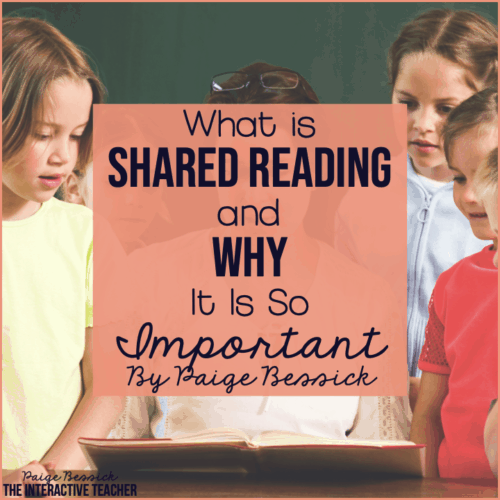
What is Shared Reading?
Shared reading is “an interactive reading experience that occurs when students join in or share the reading of a book or other text while guided and supported by a teacher. The teacher explicitly models the skills of proficient readers, including reading with fluency and expression.” (from Reading Rockets)
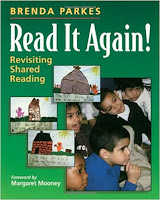 I just got the book Read It Again: Revisiting Shared Reading by Brenda Parkes and have been devouring everything in it. I have a very low group of students this year, so we have been doing a lot (A LOT) of shared reading. This book has been a huge help in giving me ideas and activities to complete while doing our daily shared reading.
I just got the book Read It Again: Revisiting Shared Reading by Brenda Parkes and have been devouring everything in it. I have a very low group of students this year, so we have been doing a lot (A LOT) of shared reading. This book has been a huge help in giving me ideas and activities to complete while doing our daily shared reading.Brenda Parkes says that “shared reading is to provide children with an enjoyable reading experience, to introduce them to a variety of authors and illustrators…and to entice them to want to be readers themselves.” Another purpose “is to teach children systematically and explicitly how to be readers and writers themselves.” (Read It Again!, pg. 1-2)
Essentially, during shared reading, you are reading a book WITH your students as they chime in. You are demonstrating comprehension and word solving strategies and showing them what it looks like to be a reader.
Why It Is So Important
“As with all components of balanced literacy instruction, shared reading provides rich opportunities for students to discover the pleasures of reading. Because students gather around the teacher in groups, a sense of community is established and students feel encouraged and confident to read along in an enthusiastic environment. Also, young readers are introduced to different genres and authors. A variety of reading strategies are demonstrated during shared reading, dependent upon what is appropriate for the context of the story and the genre.” (from K12 Reader)
Shared Reading is so important because it:
- provides struggling readers with the support they need to learn how to read on their own.
- ensures all students feel successful because you are providing support for the whole group.
- encourages the teaching and use of comprehension strategies.
- can build sight word recognition with the use of predictable texts.
- builds fluency with repeated readings.
- encourages engaged and active learners.
- provides learning opportunities for all level readers in your group.
- teaches students explicitly how to use reading strategies.
- provides strategies and practice for figuring out tricky words.
- gives students the confidence to use strategies taught in their own reading.
What it looks like in My Classroom
Here’s what happens in my classroom
- Day 1: Build background knowledge, book introduction, start reading, tricky words-choral read.
- Day 2: Figure out tricky words, discuss important vocabulary-choral read.
- Day 3: Study sight words or phonics skills-choral read with you dropping out more often.
- Day 4: Practice for fluency-choral read with you dropping out often.
- Day 5: Putting it all together with a fun reading or writing activity.
Now, each day has a new purpose for reading that book, and I’m not going to go into more detail right now. That will be another post.
I do have one more thing to share with you today! As with anything in your classroom, the more prepared you are to teach something, the better it goes. Shared reading is not something you can just wing. You will want to put some thought into your activities and the words you pick. So today, I have a shared reading planner for you. This is the one I use each week and I keep it tucked into the book so I never lose it.
 Do you know this book? It’s perfect for first graders. Big Red Apple by Tony Johnston. Like I said earlier, this book is just above where most of my students are (probably a level D/E). I also like to have several copies to give to my students after we have completed the activities. They will then add it to their book bag to read during independent time.
Do you know this book? It’s perfect for first graders. Big Red Apple by Tony Johnston. Like I said earlier, this book is just above where most of my students are (probably a level D/E). I also like to have several copies to give to my students after we have completed the activities. They will then add it to their book bag to read during independent time.
My main focus for this post was for you to understand what shared reading is and why it is so important. Do you do it in your classroom? What books do you like to read? What are your favorite activities? I’d love for you to comment below or email me at [email protected] and share with me.
If you want to learn more, you can check out this FREEBIE.
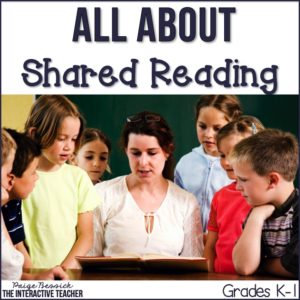 Check out some of my Shared Reading Resources too by clicking >>HERE<< or on the image below.
Check out some of my Shared Reading Resources too by clicking >>HERE<< or on the image below.
You can also find out more about the shared reading resource: Down on the Farm in a blog post >>HERE<<.
As always, if you found this useful, please pin and share for others to see. You may also like >>THIS<< blog post that tells you all about interactive reading.
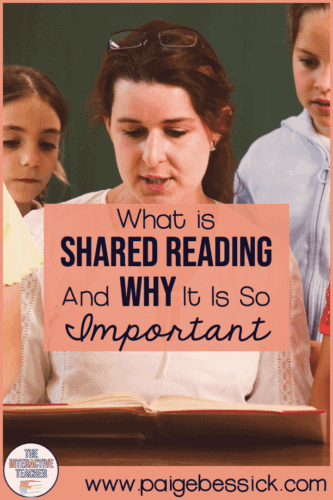
Stay tuned for another post of what it looks like in my classroom and more activities that you can do each day!
Happy Shared Reading!


